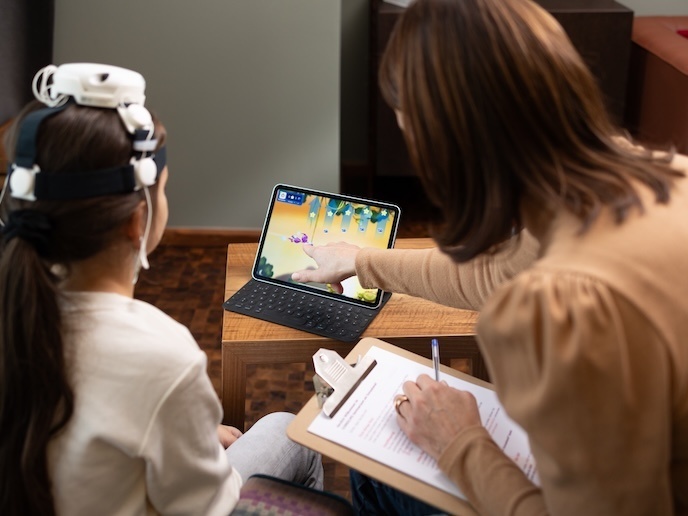Monitoring intracranial dynamic pressure
The project 'Innovative intracranial pressure and volume wave monitoring system' (DYNICP)(opens in new window) worked to develop an advanced, portable prototype for measuring dynamic ICP, referred to as nICP. The hope is that the device will be more flexible than current, more invasive monitoring practices, increasing the number of people monitored from 100 000 to more than 400 000. Researchers had many technological challenges to overcome. First, they needed to develop a reference method to correlate cerebral blood volume and intracranial pressure so that the dynamic/pulsatile intracranial pressure during the cardiac cycle could be predicted. Next, the team needed to design a novel ultrasound time-of-flight monitor module that could deliver a wave form signal based on cerebral blood volume change. Finally, they had to develop a signal processing algorithm and software for cerebral blood volume to intracranial pressure signal. With these specifications in place, the team then monitored 46 patients to compare results from invasive and non-invasive monitoring. The data provided input for developing a correlative model between intracranial body volume, arterial blood pressure and ICP, which was integrated into the whole DYNICP system. The team succeeded in completing the prototype and measuring it against the 'gold standard' of invasive probes. The results were validated against the current probe. Next steps involve bringing the product to market, which is estimated to take three to four years. The device, however, has the potential to help many patients and save money. For example, monitoring stroke victims could save Europe the costs of 200 000 emergency hospital days per year, or EUR 250 per day. The technology, though still novel, has great potential. It may provide a quick, safe initial screening for patients with a range of chronic and acute brain disorders.







